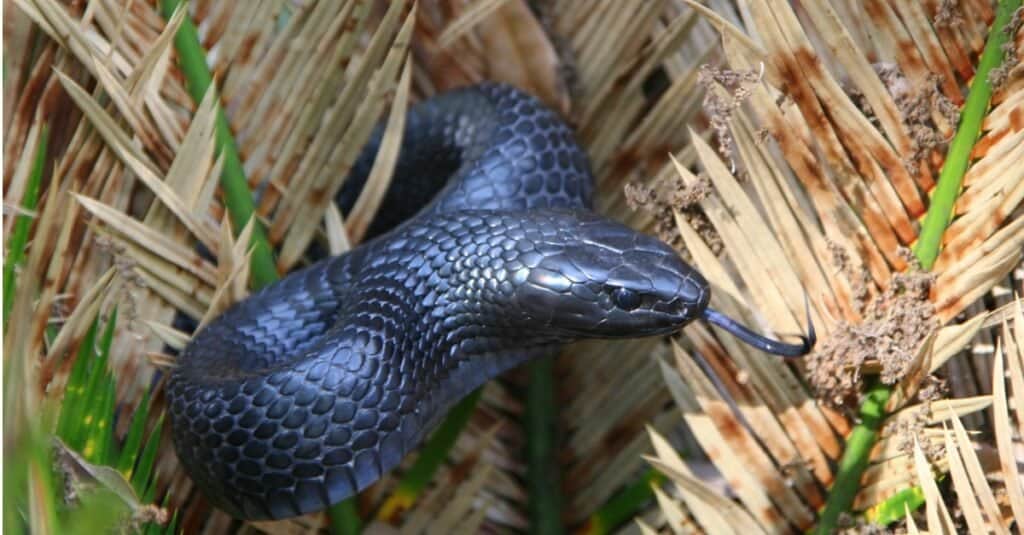Introduction
Tiger serpents are amongst the most poisonous serpents in Australia, recognized for their aggressive nature and powerful venom. Encountering a tiger snake can be a disconcerting experience, especially if you're not aware of how to respond in instance of a bite. This extensive guide is designed to equip you with essential expertise on what to do in instance of a tiger snake bite, ensuring your safety and security and providing you the self-confidence to act decisively.
What to Do in Instance of a Tiger Serpent Bite?
A tiger serpent bite is a medical emergency situation that needs prompt activity. If bitten, follow these steps:
Stay Calm: Panic can boost your heart rate, causing the poison to spread out more quickly via your bloodstream. Call for Help: Dial emergency situation services instantly or have a person take you to the closest hospital. Immobilize the Affected Limb: Keep the bitten arm or leg as still as possible; immobilization reduces poison circulation. Remove Tight Apparel or Jewelry: As swelling may happen, it's important to remove anything that can constrict blood flow. Do Not Apply Ice or Tourniquets: These methods can create more harm than good by harming tissue and limiting blood flow. Monitor Symptoms: Keep an eye on any signs and symptoms like problem breathing or loss of consciousness.
Understanding the Tiger Snake
Habitat of the Tiger Snake
Tiger snakes are typically located in seaside and inland areas across southern Australia, consisting of Tasmania. They favor habitats such as marshes, swamps, and grasslands where they can discover sufficient food sources like frogs and small mammals.
Are Tiger Snakes Venomous?
Yes! Tiger serpents have highly hazardous poison that can lead to serious health problem or fatality otherwise treated quickly. Their venom includes neurotoxins that affect the nerves, resulting in paralysis and various other vital symptoms.
First Aid for Snake Bites: Crucial Knowledge
Recognizing a Snake Bite
A serpent bite can often be challenging to detect promptly. Search for:
- Two puncture wounds Swelling around the bite area Pain or tenderness Discoloration
Symptoms After a Tiger Serpent Bite
After being attacked by a tiger serpent, sufferers might experience:
- Nausea Vomiting Abdominal pain Weakness Difficulty breathing
First Help Steps for Serpent Bites
1. Immobilization Techniques
It's important to maintain the afflicted limb immobilized utilizing splints or bandages.
2. Compression Bandaging
Using an elastic bandage can aid reduce venom spread yet should not be as well tight-- examining circulation is crucial.
Snake Bite First Aid Kit Essentials
To handle emergency situations effectively, having a well-stocked first aid set is crucial. Below are products every snake bite emergency eastern small eyed snake venom treatment kit must contain:
|Product|Description|| ---------------------------|------------------------------------|| Compression bandages|For immobilization|| Triangular bandages|To develop slings|| Scissors|For reducing apparel|| snake bite first aid images Antiseptic wipes|To clean up the injury|| Emergency situation contact numbers|For fast gain access to during an emergency situation|
Understanding Different Types of Snakes in Australia
Eastern Tiger Serpent vs Tasmanian Tiger Snake
While both kinds come from the same household, determining their differences can be essential:
- Eastern tiger snakes are usually extra aggressive than their Tasmanian counterparts. Coloration varies from olive-green to brownish hues.
Other Poisonous Serpents in Australia
Australia hosts a range of dangerous snakes:
- King Brown Snake Eastern Brown Snake Common Death Adder
Knowing these types will certainly boost understanding when passing through Australian landscapes.

Safety and Prevention Tips
How to avoid Serpent Bites?
Wear protective clothes when hiking. Stay on well-known trails. Avoid high grass and dense underbrush where serpents might reside. Be cautious while taking care of logs or rocks.What Should You Do If You Encounter a Snake?
If you see a snake:

- Remain tranquility and pull back slowly. Do not try to deal with or provoke it.
FAQs Regarding Tiger Snakes
1) What need to I do initially if bitten by a tiger snake?
Immediately ask for emergency situation assistance and incapacitate the afflicted limb without applying ice or tourniquets.
2) The length of time does it consider signs and symptoms to show up after being bitten?
Symptoms might show up within mins but can vary between people; it's important not to delay Click here for info treatment despite sign onset.
3) Can I apply ice on a snake bite?
No, using ice might trigger further cells damage; rather, focus on keeping the arm or leg still and getting medical attention.
4) Are child tiger snakes much less harmful than adults?
While infant tiger snakes have much less venom overall, they are still capable of delivering severe bites and ought to be treated with caution.
5) How reliable is antivenom against tiger snake bites?
Antivenom is highly effective when carried out promptly after envenomation; prompt medical attention significantly boosts survival rates.
6) Is it risk-free to suck out venom from a serpent bite?
No! Drawing out the venom is inadequate and can get worse injury; it's important only to look for professional medical treatment.
Conclusion
In situation you ever before discover yourself confronted with what resembles an unfortunate occurrence entailing a tiger snake bite, remember this guide on "What to Do in Instance of a Tiger Snake Bite: Comprehensive First Aid Guide." Knowledge genuinely is power when it comes down to avoid deaths from such experiences! Always focus on looking for immediate clinical support while implementing fundamental first aid procedures-- your fast activities might possibly save lives!
Stay familiar with your surroundings while enjoying nature's elegance to ensure that you stay safe in settings where these magnificent creatures roam freely!
